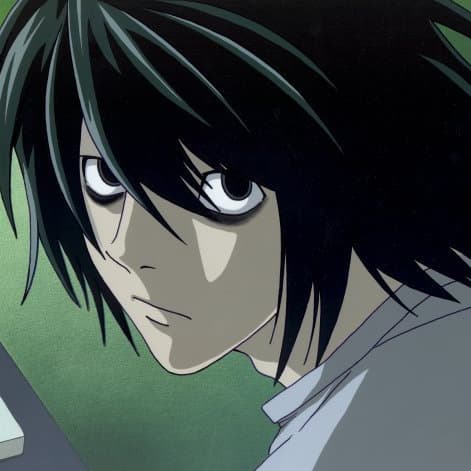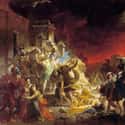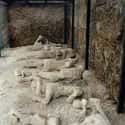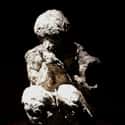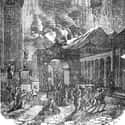-
(#15) Many Pompeians May Have Fled At The First Sign Of Trouble
Pompeii's population immediately before the eruption was around 20,000, and estimates claim roughly 2,000 Pompeians died in the disaster, though the number could be significantly higher. This suggests a large percentage of the city's population may have evacuated the area at the first indication of Vesuvius's eruption.
Some scholars estimate potentially up to 92% of the population may have fled right away. Anyone attempting to flee once the volcano began spewing rock and ash was likely unsuccessful. The death toll for all the towns and cities surrounding Mount Vesuvius may have been as high as 30,000.
-
(#14) Pompeians Felt Tremors For Days Before The Eruption, But Ignored Them
Before the fateful eruption in 79 CE, Vesuvius had not erupted for centuries. In fact, many Pompeians thought of it as a mountain, not a volcano. Though most Pompeians remained unaware, there were indications for years warning of looming danger.
A major earthquake rocked the region in 62 CE. In the days leading up to the eruption on August 24, people felt small quakes and tremors in the ground. But most ignored them, since minor earthquakes were typical around the Bay of Naples.
-
(#1) Extreme Heat From A Toxic Wave Of Ash And Gas Killed People Instantly
Volcanic eruptions happen in phases - it isn't simply a sudden downpour of lava over the land around the volcano. Though experts have debated which stage of the eruption people were most likely to succumb to, one thing is clear: None of them would have survived the fourth pyroclastic surge, a wall of searing ash and gas that quickly slammed into the city in the early morning of August 25.
When these boiling toxins hit someone, they immediately cause muscle contractions and what one expert called "heat shock" - and this accounts for the crouched, curled positions in which historians discovered so many of the victims. The heat and gas instantly killed anyone it hit, which included everyone who remained in the city. Since they passed in less than a second, there wasn't time for them to feel anything.
-
(#11) Some People May Have Suffocated To Death
Though experts agree most residents of Pompeii passed instantly due to the blistering pyroclastic flow, there is evidence that some victims succumbed via suffocation. The toxic blend of gas and fine ash in the air was likely noxious enough to kill a person. In 2018, archaeologists unearthed the skeleton of a man they believe died by asphyxiation.
The eruption would have been especially excruciating for people with asthma. Pliny the Elder, one of the most famous victims of the disaster, may have had asthma, which could have contributed to his death.
-
(#12) People Grabbed Their Belongings As They Tried To Flee
The ruins of Pompeii look like a world frozen in time. They feature intriguing artifacts like carbonized bread that was left in an oven, as well as artwork that provides insight into the luxurious lifestyle of Pompeii's elite. But people fleeing the eruption didn't simply leave objects behind - they took them along, perhaps believing they might survive and be able to use them again.
One victim in Herculaneum carried medical instruments. Another brought amulets for protection. These objects are reminders of the humanity of Vesuvius's victims.
-
(#4) Falling Rocks Killed Many People Who Tried To Escape
Though the earth trembled for days before the eruption, the situation turned deadly on August 24. By evening, the volcano was spewing rocks, some of which measured roughly 3 inches wide. Escaping the storm of stones was risky, but many tried.
Not all were successful: Many Pompeians who took the gamble lost their lives from blows to the head.
New Random Displays Display All By Ranking
About This Tool
"Nothing in the world can last forever." This is an inscription on a fresco in Pompeii. The demise of Pompeii, a paradise on earth, seems to confirm this statement. On August 24, 79 AD, Mount Vesuvius erupted and ash buried the entire ancient city of Pompeii. There were still thousands of remains under the ruins of Pompeii. They were wrapped in volcanic ash when they were discovered, and still maintained the form when they died.
Researchers have long believed that the cause of death of Pompeii residents was suffocation caused by volcanic ash, and high-temperature magma erupted. The random tool explained 15 details about what it was like to die at Pompeii.
Our data comes from Ranker, If you want to participate in the ranking of items displayed on this page, please click here.










